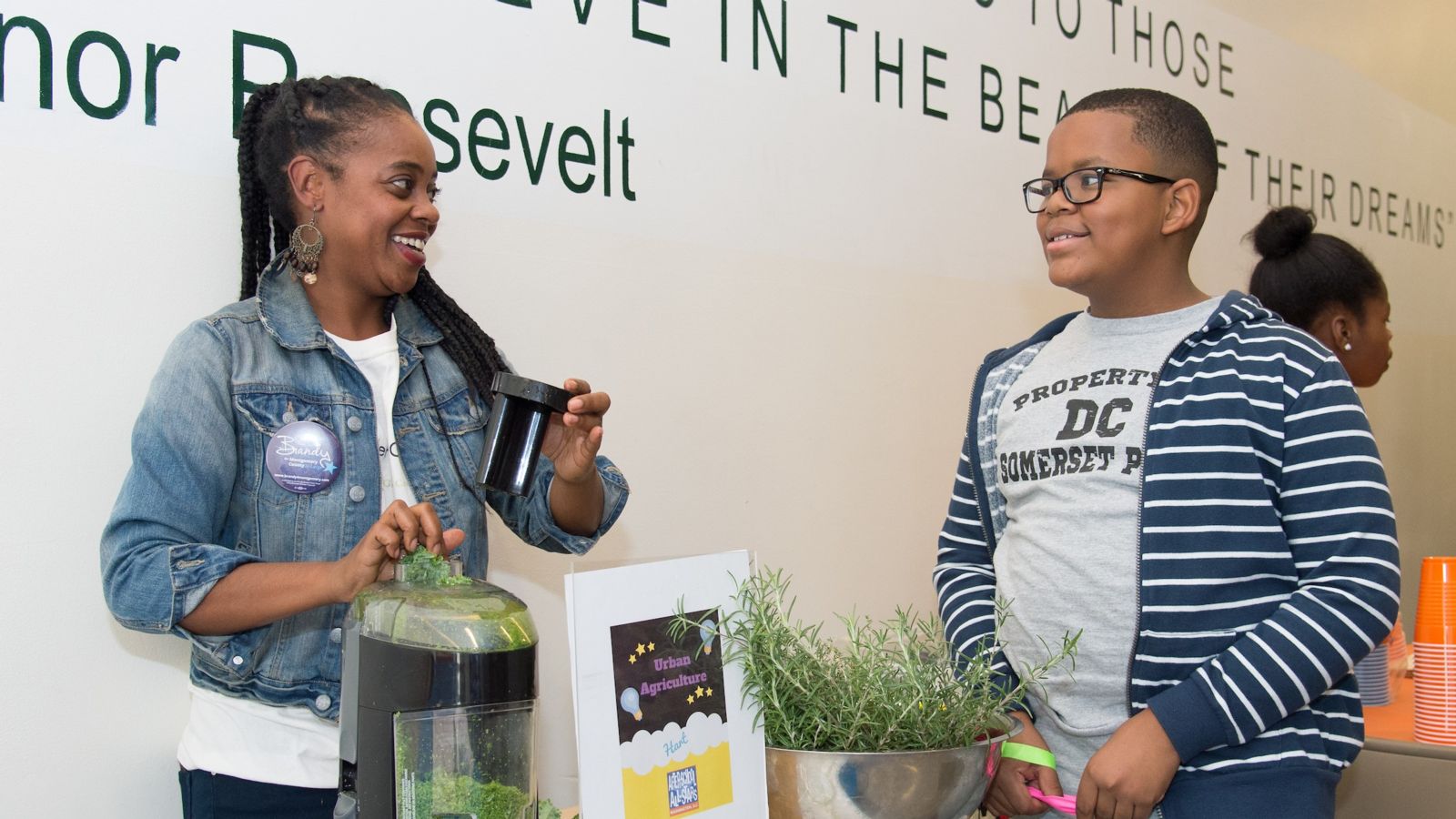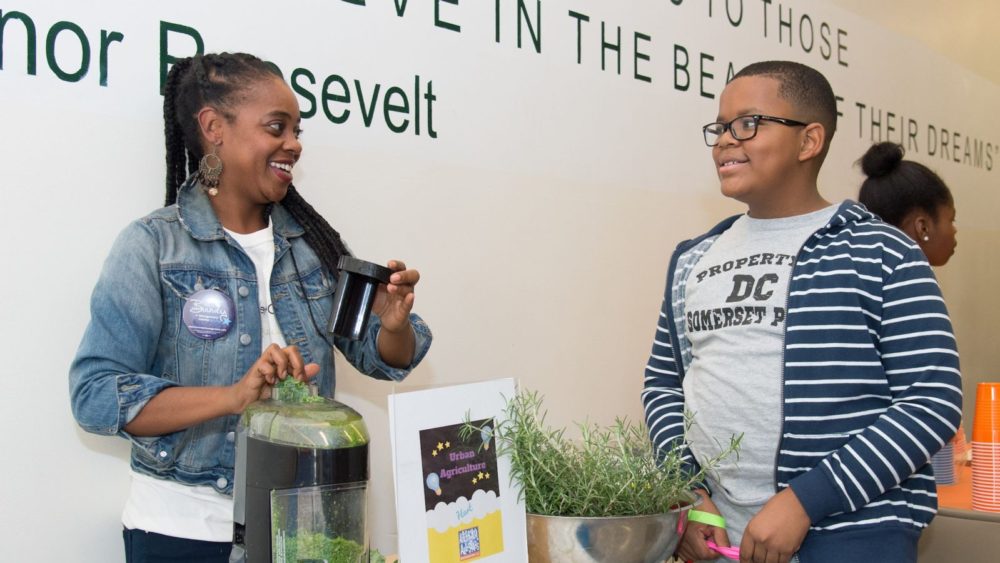 |
Last week I attended a Title I Conference in Philadelphia. The “Title I” name may be as generic as they come, but it is one of the most important Titles in education policy.
The purpose of Title I, which was recently reauthorized in 2015 in the Every Student Succeeds Act (ESSA), is “to provide all children significant opportunity to receive a fair, equitable, and high quality education and to close educational achievement gaps.” To meet this goal the law includes federal funding that gets distributed to support lower income students and schools. Title I funding can be and is used effectively in schools and districts for quality afterschool programs as well as other efforts.
“The best antidote to oppression is education.”
Dr. John B. King, former U.S. Secretary of Education, and currently the president of The Education Trust served as the keynote on the conference’s first night. King remarked that education in the United States is in fact making progress. For example, scores on a nationwide standardized test (NAEP) continue to trend upward and graduation rates are increasing hitting a nation-wide high of 84% last year. However, he cautioned, we must be mindful of the gaps – such as those in which our higher income students achieve academically, graduate high school and complete college at much greater rates than our lower income students.
The same gaps are seen between white students and students of color, marking an especially salient fact in light of February being Black History Month. These academic gaps, Dr. King noted, are really a function of opportunity gaps.
King takes a dual approach to problem solving when confronting the opportunity gap. The first is to provide equitable resources in schools; for example, helping to incentivize the strongest teachers where they are most needed, investing in initiatives that have been shown to work to close gaps such as early education and Pre-K, and placing school counselors and advanced academic options in schools where they are limited. While not mentioned by King directly, access to high quality afterschool programs are another essential piece of this puzzle.
King’s second tactic is a mindset approach. We need to believe in success. We must highlight, celebrate, and learn from models of success being effectively implemented in local school districts and schools across the country. We must see education as a place where we can instill hope in children and communities, especially as an alternative to the equally powerful but socially destructive emotion of fear. And we must use the education system to liberate students with the tools to pursue their own excellence.
Overall, what our education system should do, King mentioned, is frame a place which says to all children, “We see you, we love you, and this is where you belong.” For King, who by age 12 had lost both of his parents, this message was life-changing. And, he says, it can also be life-saving.
Resources for a mindset evolution
Afterschool programs have a large role in supporting children academically, socially, and emotionally. Sometimes, these programs are the places our youth feel most supported of all. The staff they interact with each day, and the directors who help to train and provide resources to those staff, can be essential in affirming a youth’s sense of value and hope.
This February, when schools and communities across the country celebrate Black History Month, provides a great opportunity to reaffirm our yearlong commitments to making sure that children, especially those in often marginalized communities or in communities outside the dominant culture, feel they belong.
With help from partners in the field, the Afterschool Alliance developed a webinar series, “Tools to Build On,” with accompanying resource guides and examples of best practices which can help students feel safe and valued. These issue areas are complicated: immigration, police relationships, bias, and conversations about race. We certainly don’t claim to have the answers on these topics and we know there are many more topics we have yet to cover, but we also know we need to begin to approach them regardless. We hope these conversations remind youth: we see you, we are ready to listen, we are willing to learn, we are brave enough to discuss, and most importantly, you belong.
Whether you work with mostly low-income students at a Title I school, at a program serving upper income students, or somewhere in between, the progress we have seen in education over the last 50+ years is because of the work you do every day: seeing and supporting all our students, black and white, each demographic group and identity, every unique and valuable youth that comes to our care.

Comments are closed.